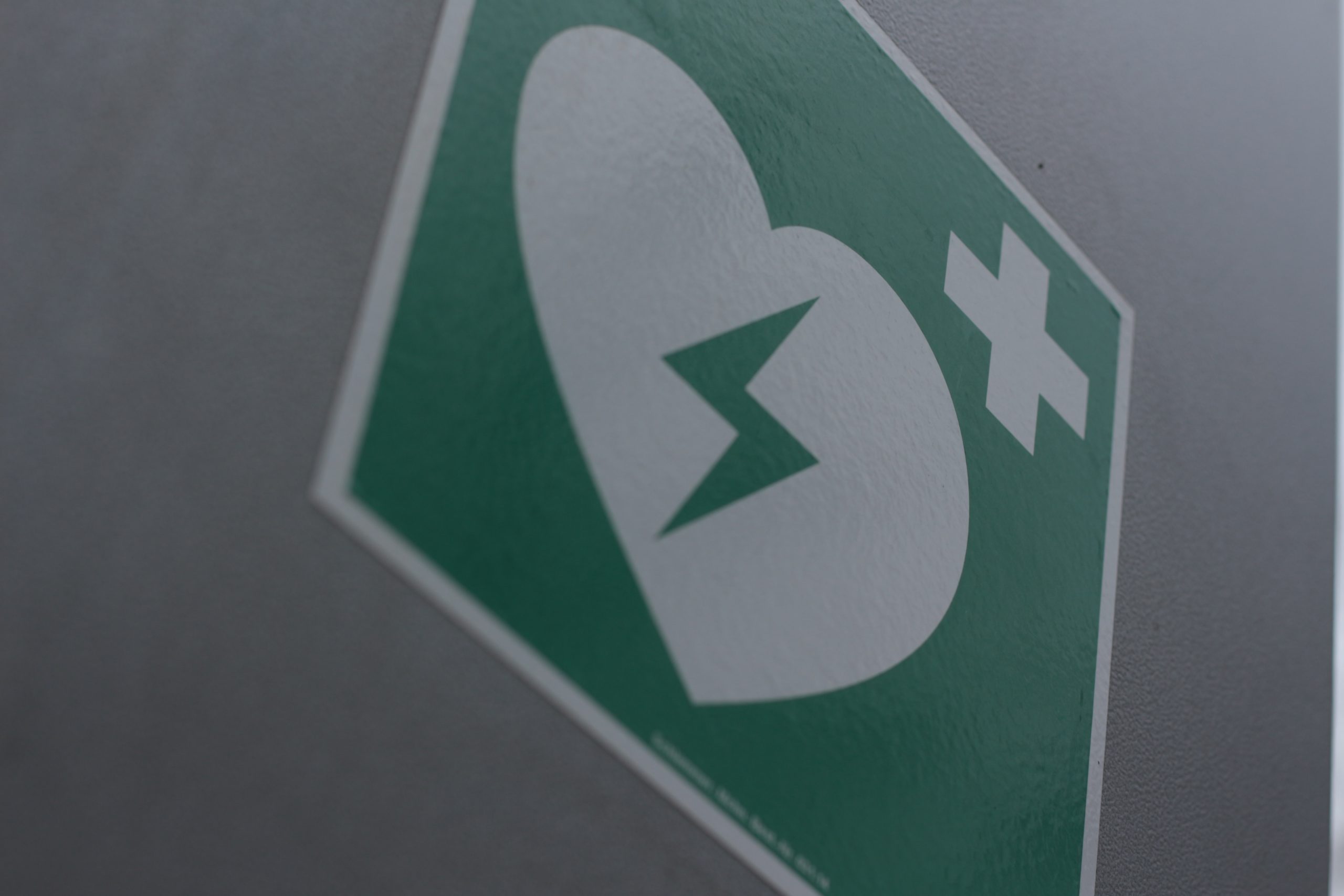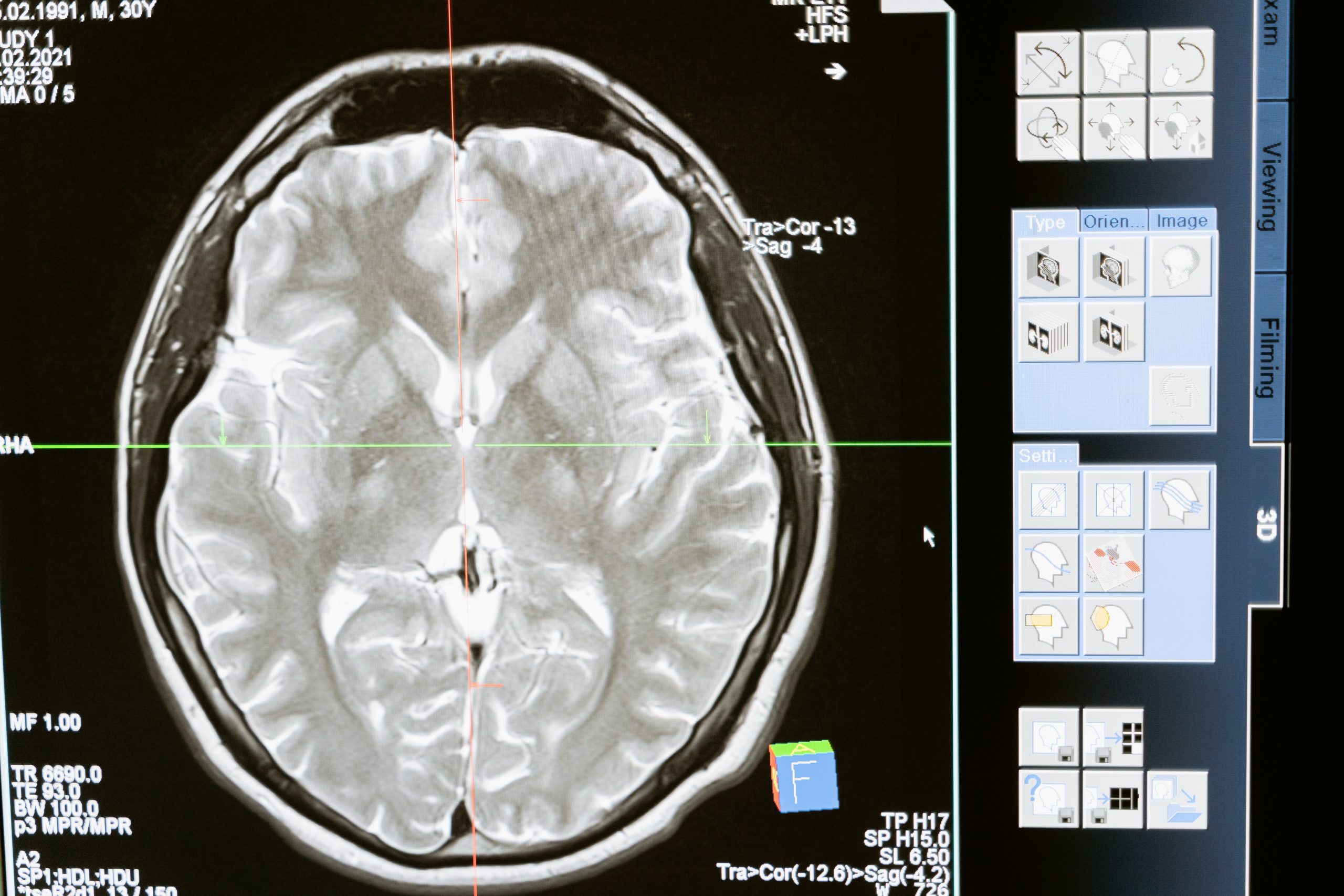When you were a child, falling was a regular occurrence. You’d get back up and move on. But as you age, it’s not as simple to bounce back. No one wants to fall and risk an injury, but still, it’s the leading cause of fatal and nonfatal injuries in adults over the age of 65 each year. According to the National Council on Aging, falls resulted in more than 27,000 deaths and over 2.8 million injuries treated in emergency departments each year.
Even with or without serious injury, fall can significantly impact your quality of life and ability remain independent in your later years. The fear of falling is extremely common, and can result in lack of confidence, limited physical activity, and withdrawal from social engagement –all of which actually increase your risks!
Why Do Older Adults Fall?
The first step to reducing your risk is understanding what may cause you to fall. There are a variety of reasons including poor eyesight or hearing, dizziness as the result of a medication or illness, poor balance, or trip hazards like boxes or a loose rug in the home.

While these can certainly contribute, falls are more commonly attributed to an “incorrect transfer or shifting of body weight,” according to research from Simon Fraser University. Stephen Robinovitch, the lead author of the study, explained that 41% of the tumbles they recorded as part of their research involved body movement that improperly changed the patients center of gravity while walking or standing. Many of the over-corrections or misjudgments occurred while moving from a chair to a walker, or vice versa.
Preventing a Fall
A lack of strength, especially in core muscles, hamstrings and glutes, can be to blame for some of these issues. These muscle groups play significant roles in controlling stability and balance. Talking with your doctor or a physical therapist to get suggestions and learn how to perform exercises properly can be tremendously beneficial. If you already exercise regularly, try incorporating more practices that focus on the areas listed above as well as activities that build balance and coordination such as yoga or dancing
The persistent fear of falling is widespread among older adults, especially those who have fallen before. Fear can be a helpful signal, but it can also undermine your health. Intense fear of falling can lead to avoid activities that you are capable of and limit your range of motion unnecessarily. Building confidence around movement won’t happen overnight; so be patient with yourself.
Recovering from a Fall
Everything happens incredibly fast when you suddenly lose your balance and stumble. You won’t always have to catch yourself safely. If you do experience a fall, take a moment to calm down, collect your bearings, and check for any signs of pain or immobility. If you feel dizzy, lightheaded or unaware of your surroundings, it’s vital to call for help immediately
If you are unharmed, slowly rise to a seated position and remain there for a few moments to allow your blood pressure to normalize. Once you feel stable enough, find a secure object nearby to anchor you as you get up. Once you’re up, find a safe place to rest and recover
Whether or not you’re injured, you’ll want to contact your doctor. He or she can work with you to address any underlying issues, such as poor vision, hearing loss, or possible side effects from medications which may increase your risk of falling
The best way to prevent a devastating fall is to maintain your strength and mobility. Ideally, this should begin as early in life as possible. However, it’s never too late to start. No matter what your current activity level is, there are options available to help you build strength and improve mobility and coordination.










